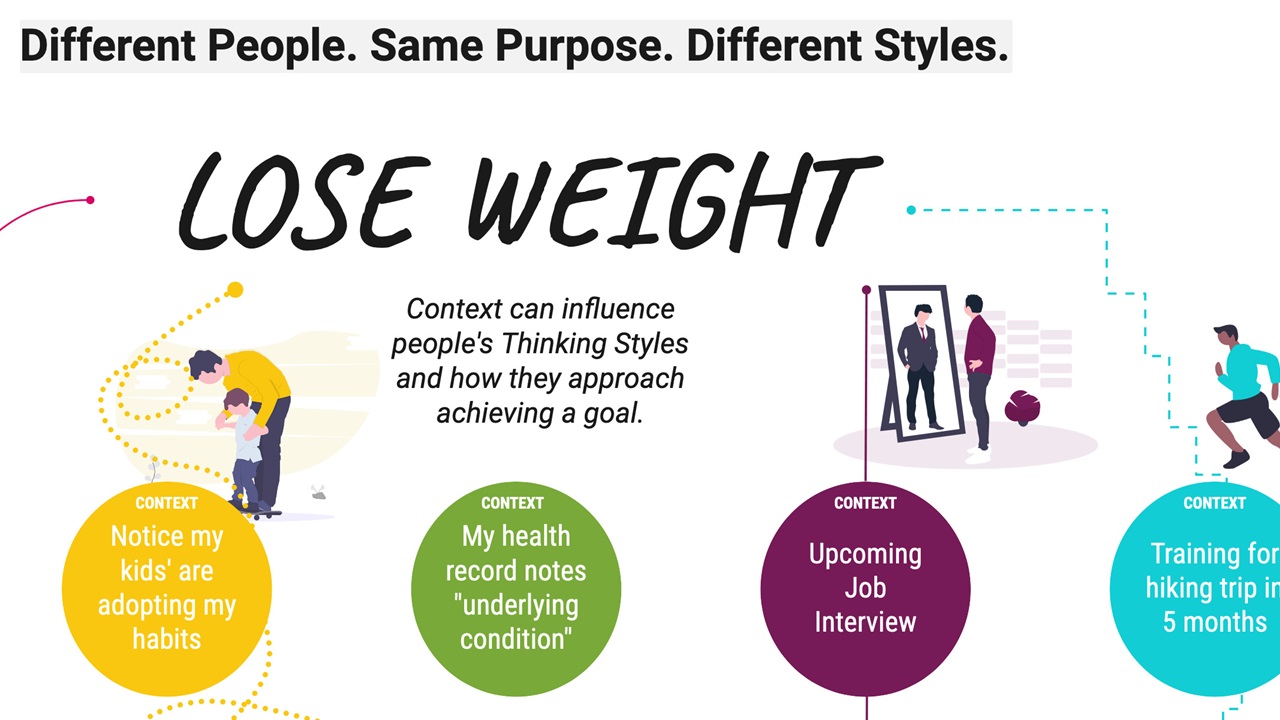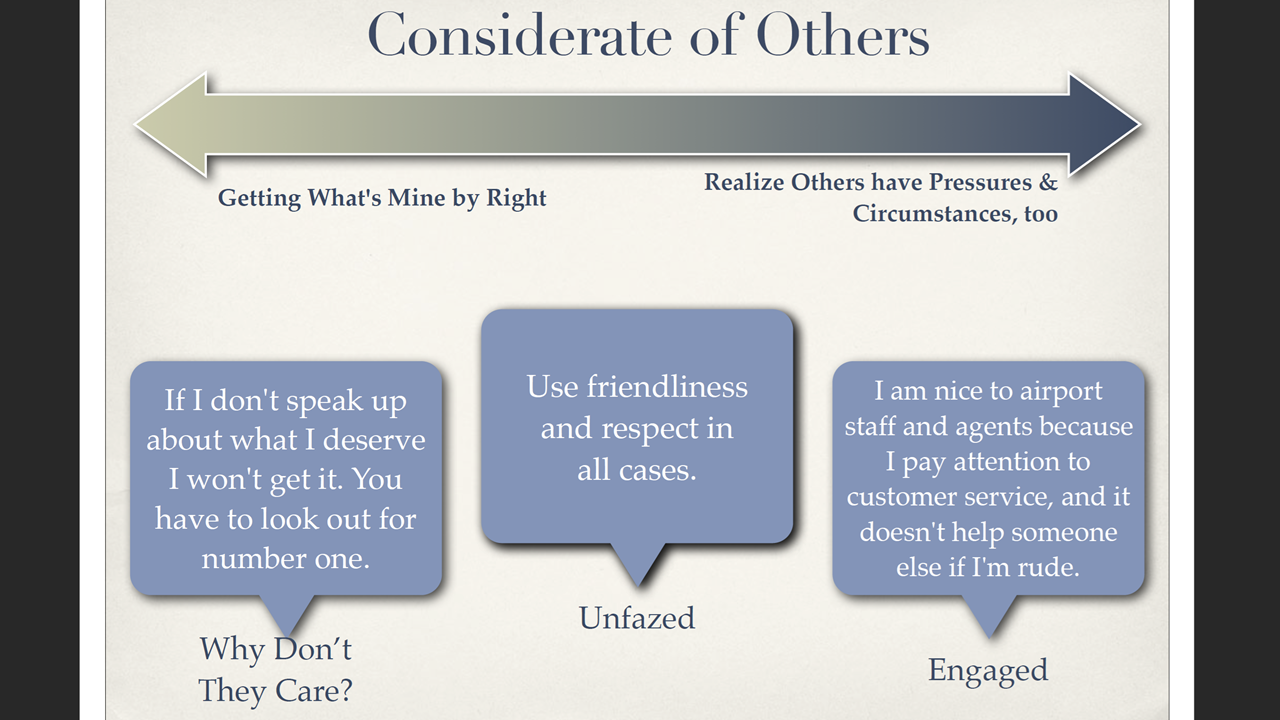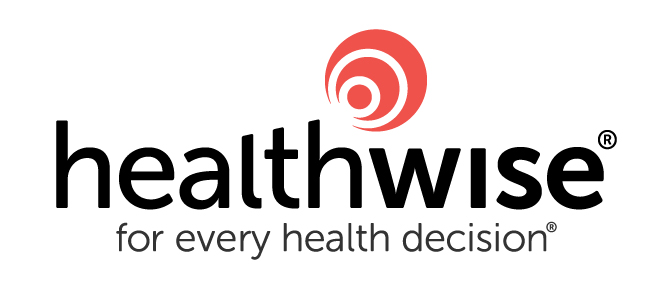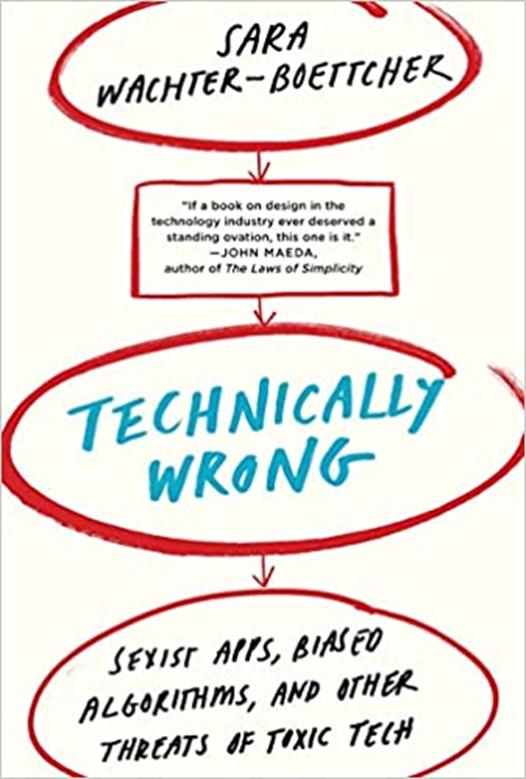Discover your available audiences
Group by group, you have an opportunity to provide more value to people. But most orgs have no way to see who is being missed, cognitively, emotionally, and in terms of their personal rules.
Recognize missing audiences, with Data Science That Listens.
And then get to work. Support a wider diversity of needs, whether for users, employees, or citizens. Discover an even larger audience, or serve your existing audience with a more personal experience.

How It Can Work
A VP from a streaming company reveals his cognitive bias during a presentation. Watch how we can fix the mistake, and help teams and leaders build more awareness of human cognitive variety.
How It Has Worked
See how many types of orgs have recognized the diversity within their audiences.

Chronic Disease Patient Personas
Share with the community a way to adjust the medical experience based on people’s thinking style.
Three different sets of thinking styles for people living with chronic conditions.

The Effect of Online Chronic Disease Personas on Activation
Engaging patients and increasing activation for self-care using online tools has proven difficult. Designing more tailored interventions through the application of condition-specific personas may be a way to increase engagement and patient activation.
Sixteen pre-post changes for 4 measures of activation were analyzed. All changes were in the direction of increased activation scores at posttest. Five significant differences between personas were observed, showing which personas performed better. Of low activation participants, 50% or more shifted to high activation, with minimal (≤5%) in the reverse direction. The majority of participants using a persona-tailored learning path reported high levels of satisfaction with their online user experience and increased levels of activation about their own health.

Policy Design to Encourage STEM in Agencies
The 2022 CHIPS & Science Act mandates measurement of agencies’ ability to attract and retain a diverse and non-traditional population in STEM.
Provided evidence from people with disabilities that agencies used to evolve physical and digital services and policies. Delivered actionable insights and elements that an inclusive culture or workplace needs for robust, resilient outcomes.

Poster for 2022 IA Summit
attract and retain a diverse and non-traditional population in STEM.
Team members hosted the poster during the 2022 IA Summit poster segment of the day, chatting with attendees who dropped by, helping them see the possibilities of understanding people through the lens of cognition.

Understanding Employee Attrition
Jennifer Strickland, at MITRE Corporation, used opportunity mapping with a mental model skyline to show agencies where to evolve physical & digital services and policies.
Expanded diversity of thought within the Human Resources department during a challenging time (end of pandemic plus layoffs).

Considering College
To increase enrollment and ensure that college is an option for everyone, the admin department wanted to better understand what to speak to. They wanted to understand what goes through people’s minds as they pursue college from difficult circumstances, especially within a low-income bracket.
Two thinking styles resulted from the project that helped admin see how to differently propose marketing and programs for each group. The skyline helped guide the efforts over the years.

Air Travel
The VP of the digital group already understood the value of problem space research. It was a lucky situation. At her behest, we conducted 8 different studies over 18 months. Collectively we listened to 100 passengers to hear their inner thinking as they pursued different purposes.
Except the situation didn’t last. The airline got bought by another airline, and leadership were interested in keeping the planes safe from potential crashes, reducing complaints, keeping passengers loyal by offering perks to those who qualified, and selling more tickets and packages to offset their costs. The purchasing airline had a strong marketing division that understood passengers by the amount of money they spent and frequency of travel. One strong finding from our research was that the “Be Productive” thinking style could expand the old “business traveler” persona, but the people in power were not interested in change. Their metrics were fine. In a year, the VP left the company, followed by most of the team members.

Air Travel
The airline was experiencing low on-time departure metrics. The stakeholders assumed that if they reduced the number of carry-on bags, people would get settled in their seats faster, and then on-time departure metrics would rise.
The airline started out with the instinct to be punitive. They figured the stubborn passengers who were delaying the on-time departures needed to be forced into a new behavior. Indi helped the team research thinking styles. The design team discovered that on-time departure was correlated but not caused by the number of bags put in the overhead. The cause was fixed with clearer instruction. And three new ideas arose from the thinking styles, helping the airline in new directions.
















